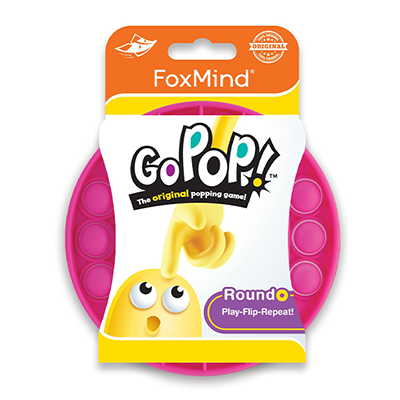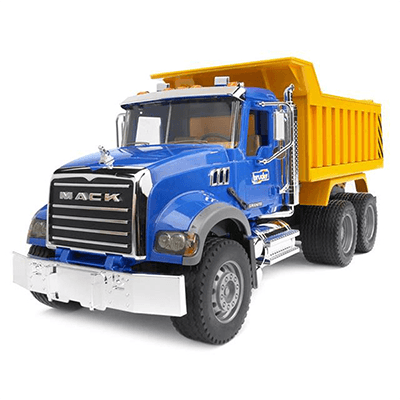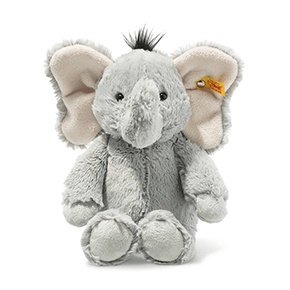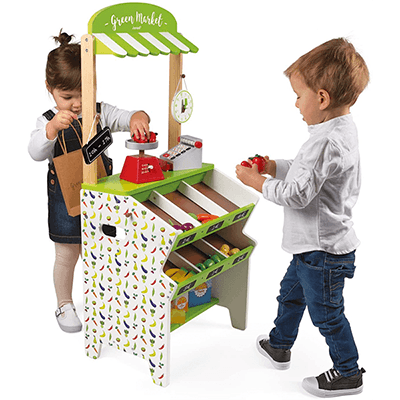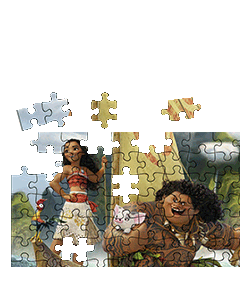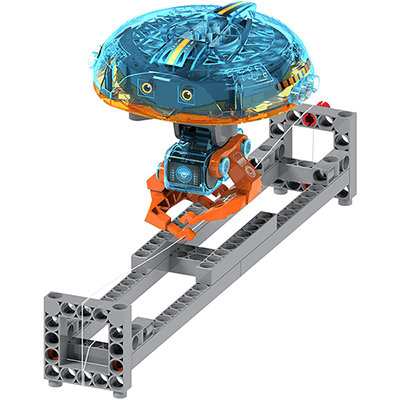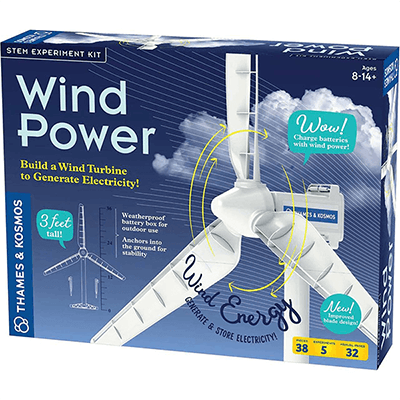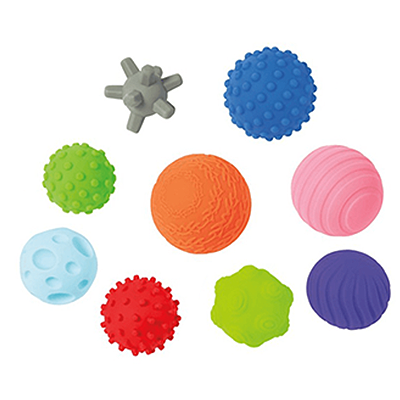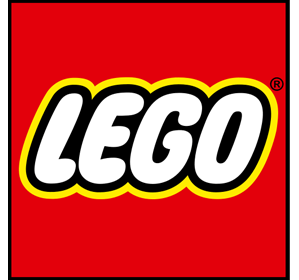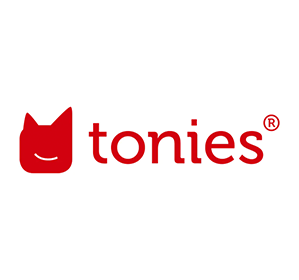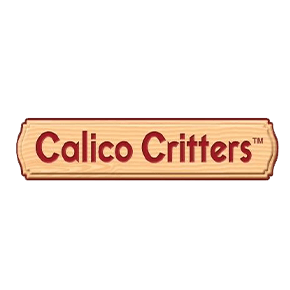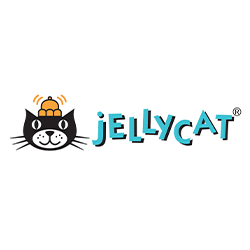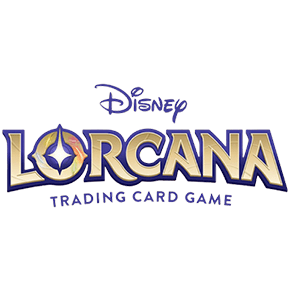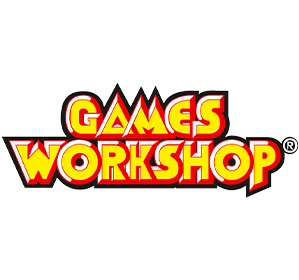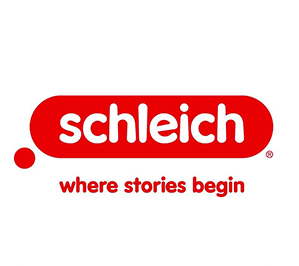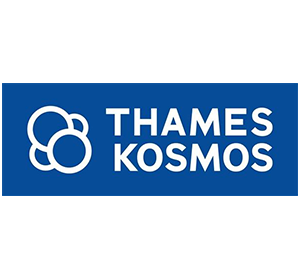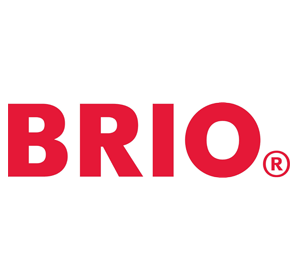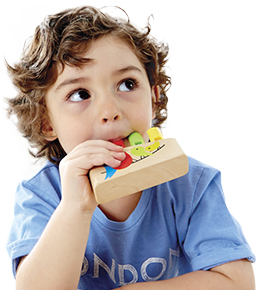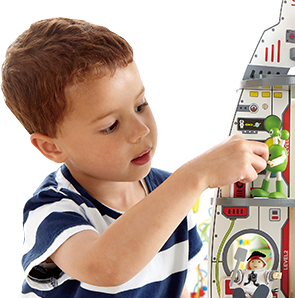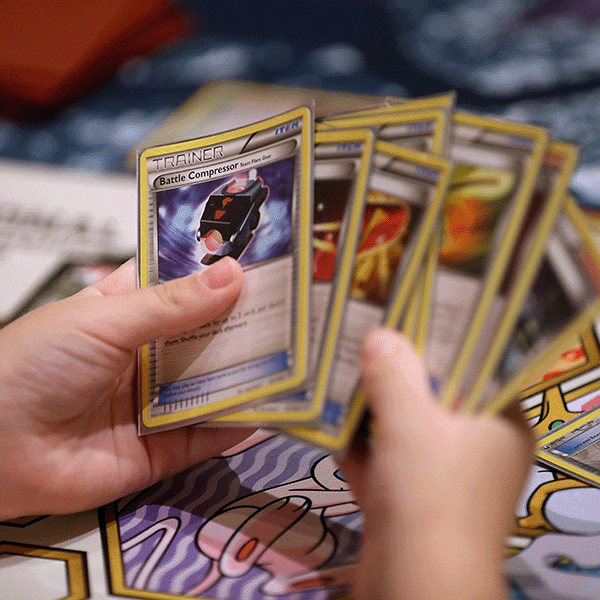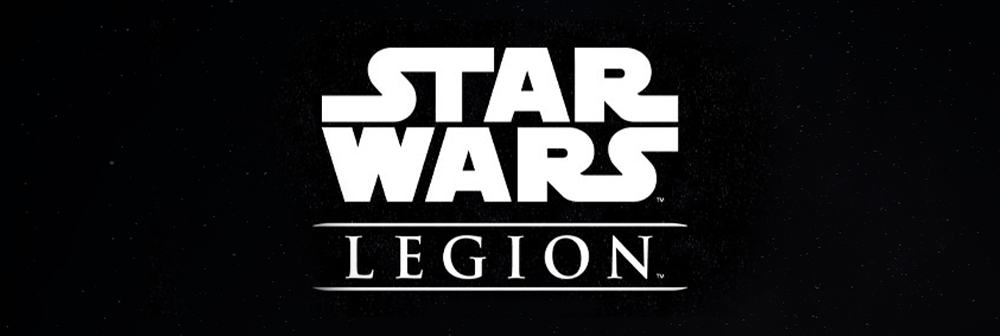Experience the most epic battle of the galaxy in Star Wars: Legion! Master the rules and harness the power of the force to lead your troops to victory!
Control an army based on the four factions and pledge your allegiance to either The Rebel Alliance, The Galactic Republic, The Galactic Empire, or The Confederacy of Independent Systems.
Objective
Curate Units of characters you love and recognize across Star Wars media and lead them to victory. Harness powers, weaponry, vehicles, and Characters to achieve your goal.
What You Will Need
You will need a variety of items to play the game. Some of them will be included in the Core Set, and others are separate. We’ll break down these items and explain a little bit about what they are. We’ll go further in-depth into some of these items as they become relevant to the rules and gameplay. Click here to purchase a copy of the Star Wars: Legion Core Set online!
Included in the Core Set as of 2022
33 unpainted Miniatures
The miniatures are the physical representation of the Characters you will use in game. The Core Set will include exactly enough Miniatures for a basic game.
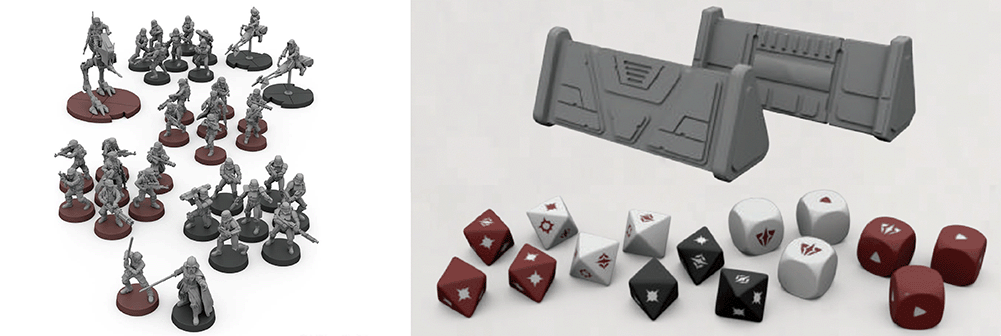
(Above Image: 33 unpainted Miniatures on the left, 8 Plastic Barriers, and 15 Game-Specific Dice in front)
8 plastic barriers
Barriers can be used to make barricades. You can use them to hide and shelter your Miniatures from attacks, surveillance, and other threats.
15 Game-Specific dice
Different actions in the game will require the roll of a specific die, to determine the level of success for the action.
3 Game-Specific Movement Tools
Movement Tools will help you measure short, medium and far horizontal distances. They determine how far an attack can hit or how far a Miniature can move.
1 Range Ruler
This measures the vertical distance that an attack can hit or a Miniature can move.
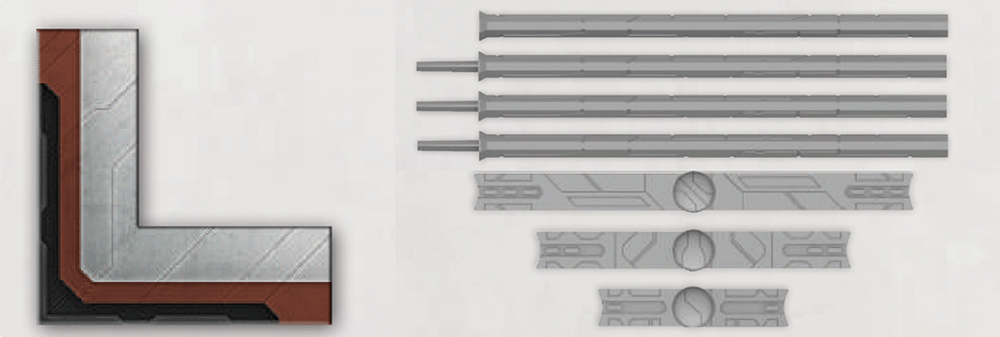
(Above Image: 1 Deployment Marker, 1 4-Part Range Ruler, and 3 Movement Tools)
8 Unit Cards
These cards explain the abilities of a Unit and its weapons.
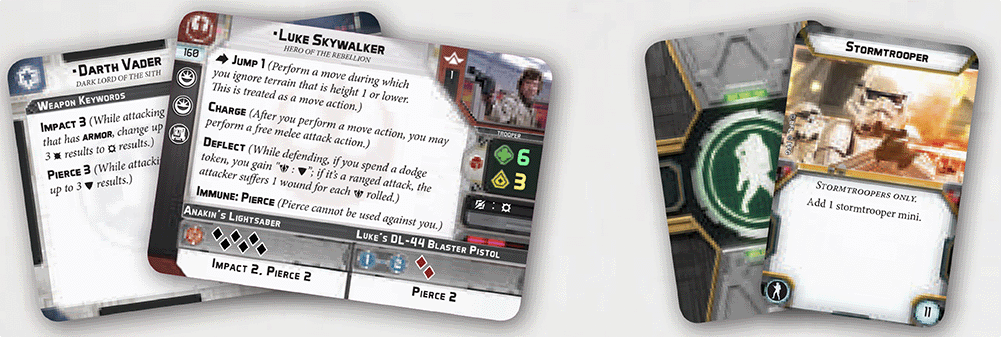
(Above Image: 2 Unit cards on the left and 2 Upgrade Cards on the right)
35 Upgrade Cards
Upgrade Cards allow you to make a Character, vehicle or weapon stronger. Some of them will have specific rules and scenarios that facilitate use, and each individual card will have its usage parameters printed on the front of the card.
14 Command Cards
Command Cards have commands printed on them that will force a Unit to take a specific action. They also have one to three small dots in the upper lefthand corner, called Pips, which will become relevant further in gameplay.
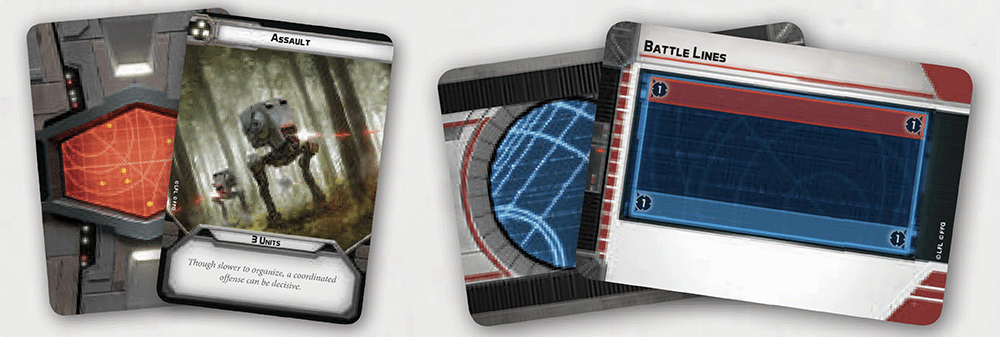
(Above Image: 2 Command Cards on the left, 2 Battle Cards on the right)
12 Battle Cards
Battle Cards are an important part of game setup, and determine factors such as battlefield conditions, battlefield layout, and objectives.
1 Round Counter
This tool helps you keep track of what round you’re in, and which player is taking a turn.
107 Assorted Tokens
Tokens are small, circular game pieces that you place on the battlefield throughout the game. There are many different types of tokens each with different uses. They’ll be explained in-depth later.

(Above Image, in order from top left: Suppression Token, 2 Wound Tokens, Ion Token, Panic Token, Aim Tokens, Standby Token, Dodge Token)
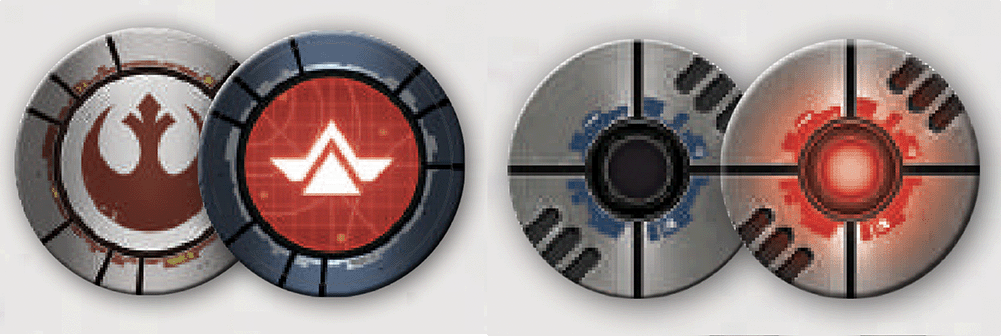
(Above Image: 2 Order Tokens on the left and 2 Objective Tokens on the right)

(Above Image, in order from top left: 1 Round Counter, 2 Victory Tokens, 2 Condition Tokens,
a Commander Token and 3 Vehicle Tokens)
The Core Set, as of 2022, includes everything you need for a basic game of Star Wars: Legion. It does not include enough to change your Affiliation, or to expand your Army past the smallest possible baseline.
Gameplay Extras
Your favourite Star Wars Miniatures
Expand your Army and bring Units you love into the game!
Terrain
Extra Terrain allows you to use creative strategy, change your location, and create a totally new game of Star Wars: Legion every time you play.
Vehicles
Vehicles are transformative for gameplay. You can travel farther, take and inflict different amounts of damage, and immerse yourself in the Star Wars experience.
Additional Tokens
Additional Tokens will let you use more Characters and Vehicles, do more with them, and build an even bigger Army for dominion over the galaxy.
A Playmat
A 36-inch by 36-inch playmat will make moving, keeping track of your Miniatures, and getting into gameplay even easier than before.
Diversifying your Characters, Terrain and Vehicles will open up gameplay significantly. With plenty of beloved characters and vehicles available, you can customize your Army to suit your needs. The possibilities are as wide as the galaxy. There are more additional items released each year that can diversify your gameplay and immerse you even further into the Star Wars universe!
Now that you know what the basic physical components of a game are, we’ll explain in more depth the rules and functions of gameplay, as well as how to play a round!
Explaining Gameplay Items in More Detail
Terrain
Adding terrain is a way to switch up gameplay. Terrain adds extra levels of complexity, and can provide safety from some attacks. Height in the battlefield can also provide extra vantage points. The game mat may also have terrain included, which can add features like deserts and water. About 30% of your battlefield should include terrain.
Card Breakdown
There are 5 key card types you will need to understand to build your Army. Some of them were touched on earlier. Now we’ll break them down even further:
Battle Cards
Much of the game’s specifics will be explained by the Battle Cards in use. There are three types of Battle Cards.
Objective: Objectives are how players win the game. The details of the Objective will be stated on the Objective card. Players choose their own Objective cards, and get Victory Points (each amount is specified on the card) when they complete the task.
Deployment: Deployment Cards will indicate your Deployment Zone. Each battlefield has red and blue deployment zones. The numbers on the card will indicate how many units of a Movement Tool each Deployment Zone is. The size will vary depending on the card used, as agreed upon by the players.
The blue player will begin by deploying one of their Units first. Then, the red player will deploy a Unit. The players will take turns until all Units are deployed.
Condition: During setup, players choose a card together that will define the environmental conditions of the battlefield. The impact the environmental condition has on the game will be detailed on the individual card.
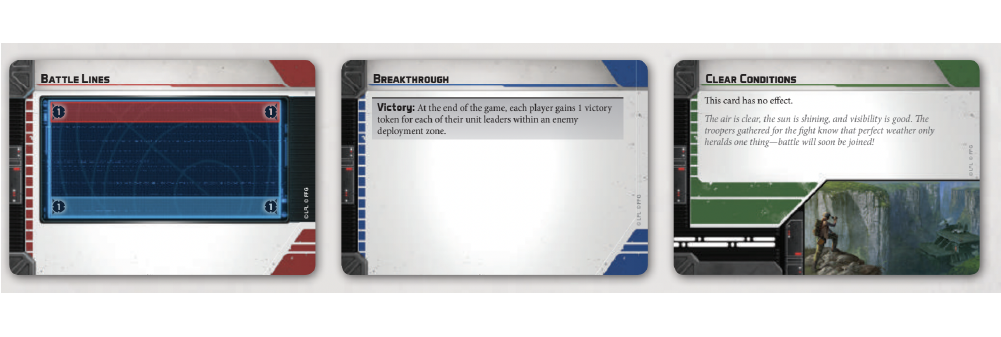
(Above Image: Examples of Battles Card Types: Deployment Card, Objective Card, Condition Card)
Unit Card (Vehicle)
These cards include a vehicle that functions like a Character. Information on the card will include the Unit Name, Unit Faction, Points Value, Upgrade Bar, Unit Keywords, Weapon Name, Unit Rank, Number of Miniatures required, Defense Die, Unit Type, Wound Threshold, Resilience, Surge Chart, Speed, and Weapon Die.
Command Card
Each player will choose Command Cards at the start of the game. The player with the card that has a higher number of pips (the dots in the upper left corner) gets Priority for that turn when the card is in play.
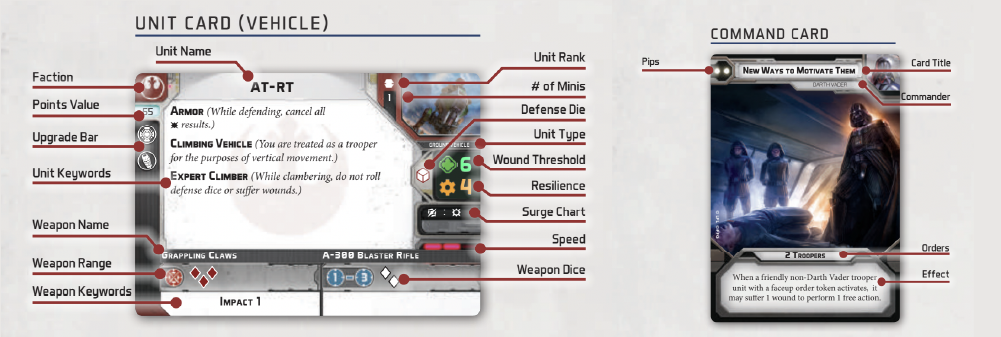
(Above Image: Vehicle unit card details, command card details)
Unit Card (Trooper)
Break down the fundamentals of a Unit that is not a Vehicle. Information on the card will include the Unit Name, Unit Faction, Points Value, Upgrade Bar, Unit Keywords, Weapon Name, Unit Rank, Number of Miniatures required, Defense Die, Unit Type, Wound Threshold, Resilience, Surge Chart, Speed, and Weapon Die.
Weapon Upgrade
You can Modify a Weapon by changing it or making it stronger. This card will include the new parameters of usage and the effectiveness of said Weapon.
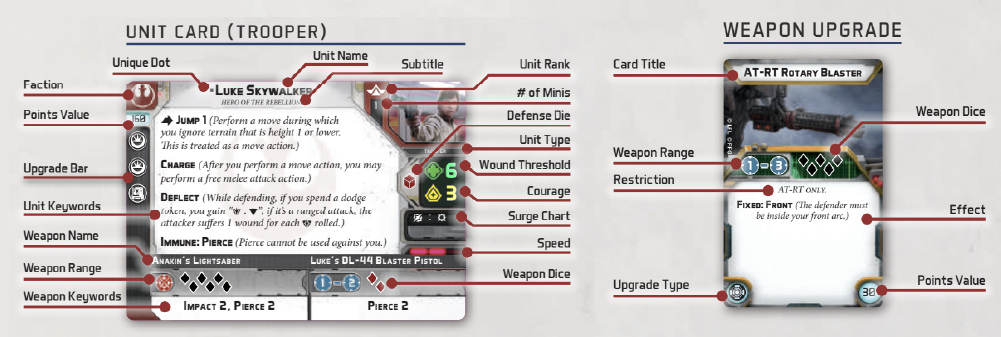
(Above Image: Trooper unit card details, as well as a weapon upgrade card and details)
Types of Tokens
Condition Token
Indicates a Condition on the battlefield, as described in a Condition Card.
ID Token
Helps differentiate multiples of the same Unit.
Objective Token
Sometimes Objective Cards will require that Objective Tokens are placed on game pieces relevant to the battle.
Order (Commander) Token
Used to activate Commander Units during the second phase of gameplay.
Order (Operative) Token
Used to activate Operative Units during the second phase of gameplay.
Order (Corps) Token
Used to activate Corps Units during the second phase of gameplay.
Order (Support) Token
Used to activate Support Units during the second phase of gameplay.
Victory Token
Players gain Victory Tokens after successfully completing their Objective Cards.
Aim Token
Indicate the Aim action and allow for rerolls using the game-specific dice.
Dodge Token
Indicate the Dodge action and allow a Unit to Dodge an enemy attack depending on the results of a dice roll.
Standby Token
Used to indicate that a Unit will Standby.
Commander Token
If a player’s last Commander is defeated, they must promote a new Miniature to the Commander Rank. This Token indicates that Miniature has been promoted.
Ion Token
Ions take Actions away from enemy vehicles. Ion Tokens indicate that the enemy vehicle has lost an action.
Suppression Token
When a Unit endures an enemy attack that rolls as a Critical Hit, that Unit gains a Suppression Token.
Panic Token
If a Unit has too many Suppression Tokens, it may gain a Panic Token and flee the battlefield.
Damaged (Vehicle) Token
If you activate a Damaged Vehicle, you will need to roll a white Defense Die. If the result is a downwards-pointing triangle, the Vehicle will gain a Damaged (Vehicle) Token and lose one Action.
Disabled (Vehicle) Token
If you activate a Damaged Vehicle, you will need to roll a white Defense Die. If the result is blank the Vehicle will gain a Disabled (Vehicle) Token and now all Actions take two full turns to occur.
Wound Token
Used to indicate one Wound, to help keep track of the Wound threshold.
Three Wound Token
Used to indicate three Wounds, to help keep track of the Wound threshold.
There are even more types of Tokens used to play Star Wars: Legion. Some Characters, vehicles, and other additional equipment will have unique tokens. These Tokens will factor into gameplay to change the game, intensify your strategy, and revolutionize your battlefield.
We’ve now covered the basic Tokens you need to play a full game of Star Wars: Legion. Extra Tokens tend to operate on a need-to-know basis!
Types of Dice
There are two types of dice in Star Wars: Legion, and each type of dice is broken down into individual dies that each have unique uses and are colour-coded for player convenience. Star Wars: Legion dice have unique symbols printed on them and are not interchangeable with generic dice.
The two types of dice are Attack Dice and Defense Dice, you will need all of these dice in order to play a full and complete game.
Attack Dice
Attack Dice are rolled when you want to attack your opponent.
This includes:
- Black D8 (8-sided die)
- White D8 (8-sided die)
- Red D8 (8-sided die)
Defense Dice
Defense Dice are rolled when you are under attack.
- Red D6 (6-sided die)
- White D6 (6-sided die)
Build Your Army
Your Army can be themed around The Rebel Alliance, The Galactic Republic, The Galactic Empire, or The Confederacy of Independent Systems. You can’t mix and match themes. If you want a Galactic Republic Army, for example, you must fully build it around the canon existence of the Galactic Republic in the films.
Building your army is a crucial aspect of Star Wars: Legion. You build an army of Units. The types of Units you are required to have will be detailed in the Objective. There are some requirements for Units and Armies. The Ranks: Commander, Corps Special Forces, Support, and Heavy are how you form Units. Each Rank will need to have a certain number of Units per Army.
This means your Army will be made up of lots of different Characters. For example, you cannot have an Army made up solely of Clones. You must include Heavy Units (such as vehicles), and Commanders (such as Emperor Palpatine). We’ll break down the requirements below:
Commander: One to two Commander Units per Army.
Corps: Three to six Corps Units per Army.
Special Forces: No more than three Special Forces Units per Army. An Army can have zero.
Support: No more than three Support Units per Army. An Army can have zero.
Heavy: No more than two Heavy Units per Army. An Army can have zero.
With varied Units of different Ranks, gameplay diversifies due to the different abilities you can utilize.
Units and Upgrades cost Points. Each Unit or Upgrade has their Point values indicated on the card. The total amount of Points used in an Army must never exceed 800.

(Above Image: where to find Points value on the cards)
Once the required positions are filled, you can build up the rest of your Units and Army as you please, according to your allegiance. If you have multiple similar Units, an ID Token can be placed down near the Unit to help keep track.
Build your Army to match the films, or create something unique. There are tons of options to explore.
Game Colours: Red and Blue
Game colour indicates which player gets to start playing first. Typically, the player whose Army adds up to have the fewest number of points will get to choose their own colour. Red always starts the game first.
For example, player A has an Army that adds up to 794 points and player B has an Army that adds up to 800 points, player A gets to choose their own colour.
It is not always advantageous to move first, and being able to choose your own colour can be a vital strategic move early on in the game.
Putting Everything to Use
Once you have all the items and cards you need to play gathered, it’s time to start the game!
Round Breakdown
Star Wars: Legion is a six-round game.
There are three phases per round: Command Phase, Activation Phase, and End Phase.
Command Phase
Complete these steps in the following order.
1: Select Command Cards: Both players will select a Command Card from their deck and place it face down on the table. The players will flip over their cards and reveal them at the same time.
2: Determine Priority: Assign Priority to the Character with the fewest number of pips (the dots in the upper lefthand corner of the Command Card). This person will be the Priority player.
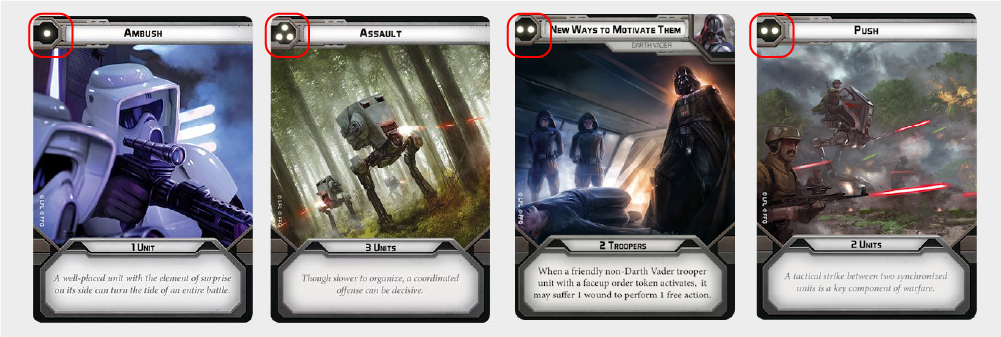
(Above Image: where to find Pips on command cards)
3: Issue Orders: Beginning with the Priority player, each player will nominate a friendly Commander and issue orders to them. The number of orders required will be noted on the Command Card.
4: Create Order Pool: Each player must make their own Order Pool using Order Tokens that were not used on the battlefield while resolving their Command Card.
Activation Phase
Begin this Phase with the Priority player.
1: Choose Unit: The player either chooses a Unit with a face up Order Token or draws a random Order Token from their order pool and chooses a Unit with a matching rank that does not have an Order Token.
2: Activate Unit: The player activates the chosen Unit, performing up to two actions and any number of free actions with that unit.
3: Place Order Token: The player who is taking their turn places the Unit’s Order Token face down on the battlefield near the Unit leader.
End Phase
1. Discard Command Cards: Each player discards their revealed command card into the discard pile. It is no longer usable for the remainder of the game.
2. Remove Tokens: Refresh the Tokens. Players remove all Aim, Dodge, and Standby Tokens, as well as one suppression Token from each unit. The Tokens can be used again, and should not be discarded.
3. Update Order Pool and Promote: Each player places one of their Order Tokens on each of their undefeated units’ cards with a matching rank. If all of a player’s Commanders were defeated, they must promote a unit leader from one of their trooper units to be a Commander. Defeated Commanders must be discarded and cannot be used again in the game.
4. Advance Round Counter: The player who has the round counter sets it so the next highest number is displayed. Then, that player passes the round counter to their opponent.
Possible Actions to Take
During the Activation Phase, in step 2 the players must take up to 2 actions. These are the actions available for gameplay. Actions are followed by dice rolls, which decide their level of success.
Move
Move your Miniature vertically or horizontally on the Battlefield. The amount you are able to move the miniature will be detailed on its Unit Card. Use the Movement Tools and Range Ruler to measure the exact distance it can go.
Aim
Aim at one of your opponent’s Miniatures to prepare for an attack.
Attack
Deal damage to your opponent by attacking. The more you attack, the closer you get to destroying enemy forces. Available Unit attacks are explained on each individual Unit Card. The corresponding dice to roll will also be indicated on the Unit Card.
Dodge
Evade one of your opponent’s attacks. Dodging can be crucial, and knowing when to dodge will save your Characters from taking unnecessary damage.
Standby
When on Standby, you do nothing. Simply wait and see what your opponent will do next!
Recover
Remove all suppression tokens from one Unit, and prepare that Unit’s exhaustion Upgrade Cards.
Card Action
Card Actions are a specific action that’s detailed on a card. They are unique to that exact card.
Free Actions
Characters can perform unlimited Free Actions. Free Actions will apply when a standard action is taken by a character triggering an ability specified on the corresponding Unit Card. This will allow certain Free Actions. Not all actions will qualify as a Free Action, the parameters will be explained on the Unit Card.
Health and Damage
Throughout each turn of Star Wars: Legion, you’ll find yourself and your opponent both dealing and enduring damage. We’ll break down how health and damage work in the game.
Each Unit has a Damage Threshold indicated by a number on the Unit Card. The Unit is able to take that much Damage before it dies and becomes unplayable. The amount of Damage a Unit takes from an attack will be determined by dice roll. Some Units, like Vehicles, will be able to operate even in a Damaged or Disabled state.
Once a Unit’s Damage has surpassed the Damage Threshold, the Unit must be taken off the battlefield and cannot be brought back.
Scoring
Victory Points are represented by Victory Tokens. The requirement to gain points is described by the Objective Card selected during setup. For every Victory Point you earn, collect a Victory Token.
How to Win
There are two ways to win a standard game.
1: Defeat your opponent’s Units during the six rounds.
2: Have the most Victory Points at the end of six rounds.
Tie Breakers
If not all your Opponent’s Units are defeated at the end of six rounds, and players have the same number of Victory Points, tally up the value of each defeated Unit. The player who has defeated a greater sum of points will win. If this is also a tie, blue will automatically win.

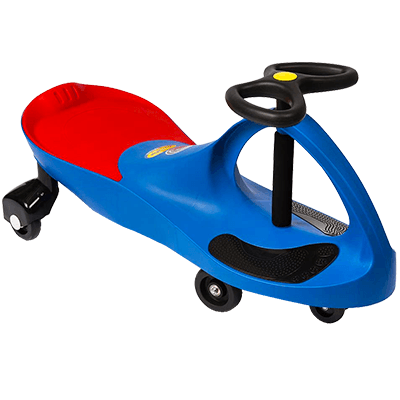
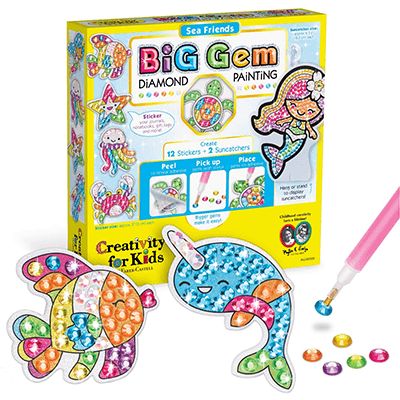
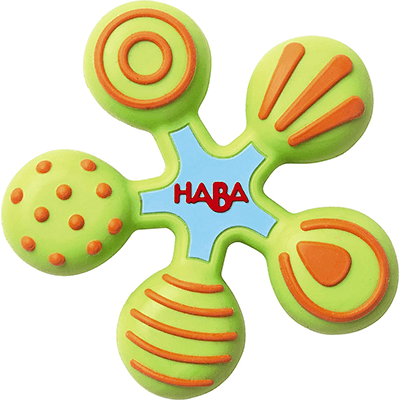
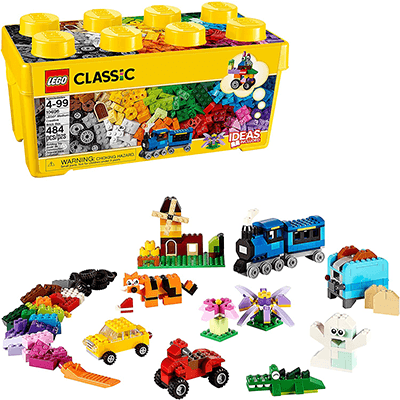
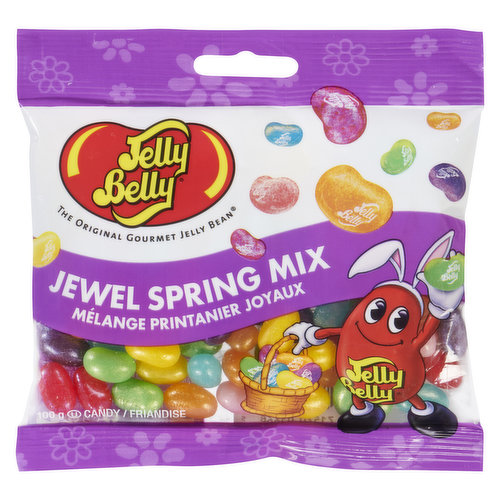
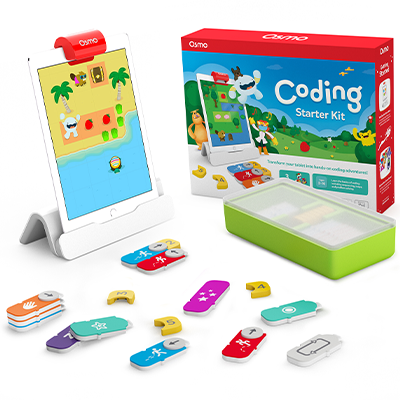
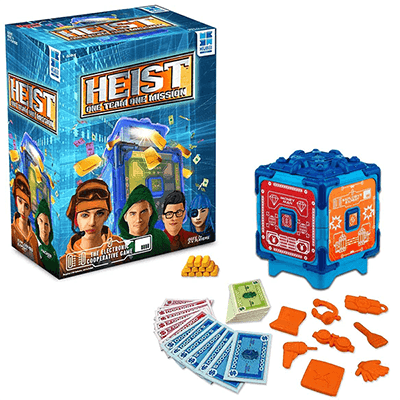
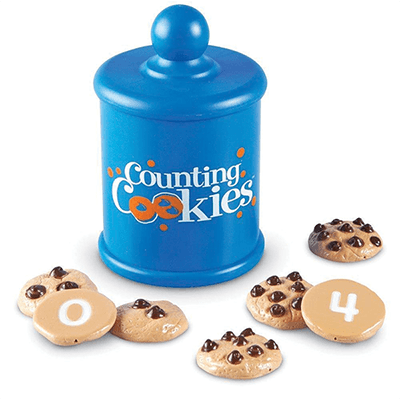
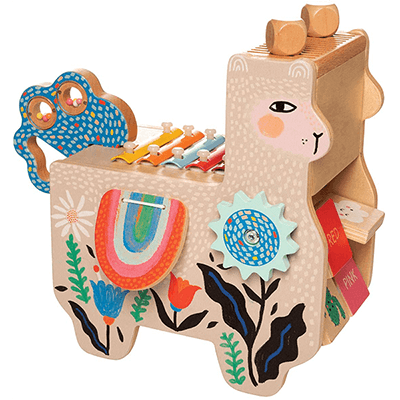
 Quotes (0)
Quotes (0)
